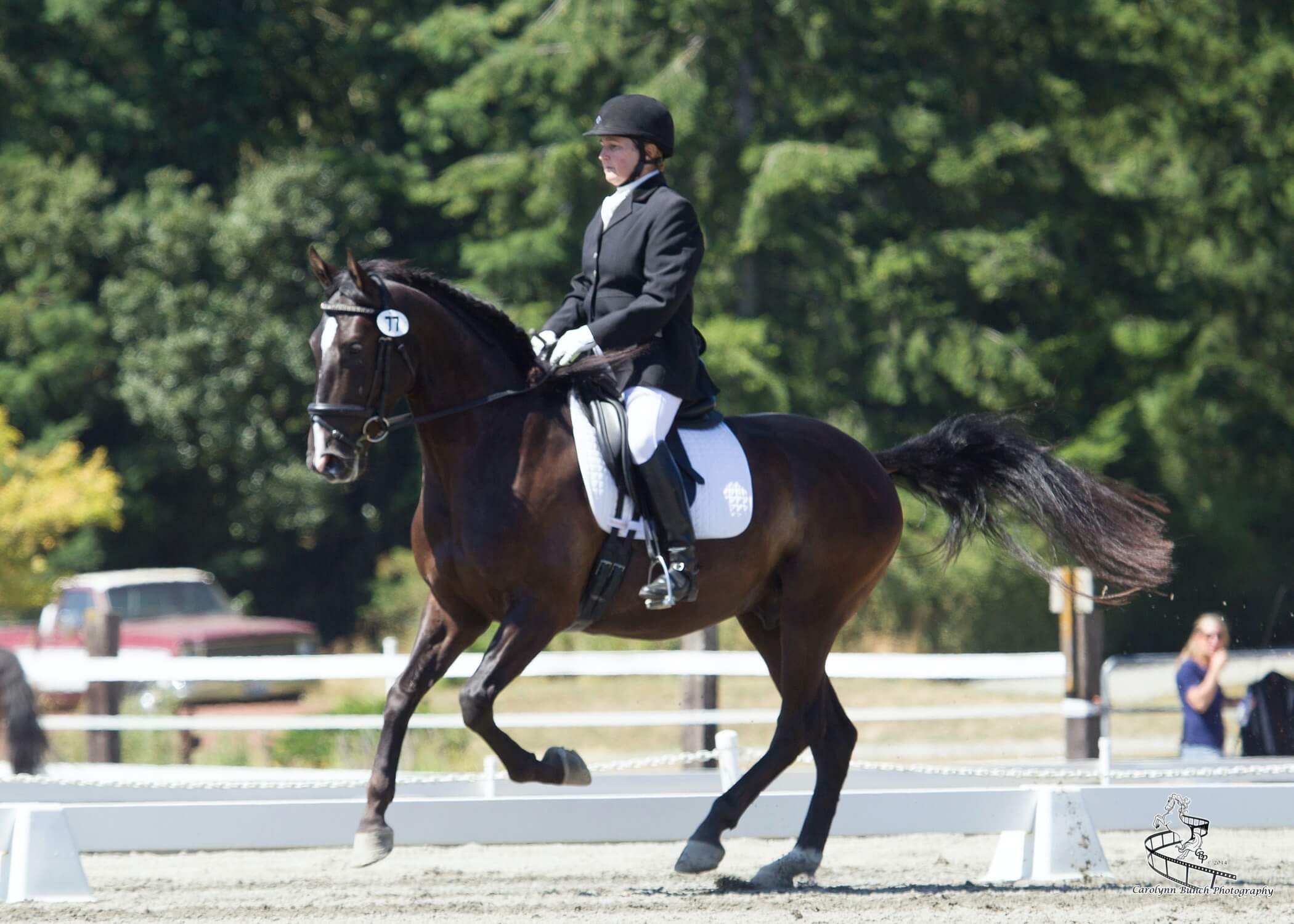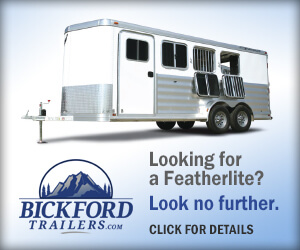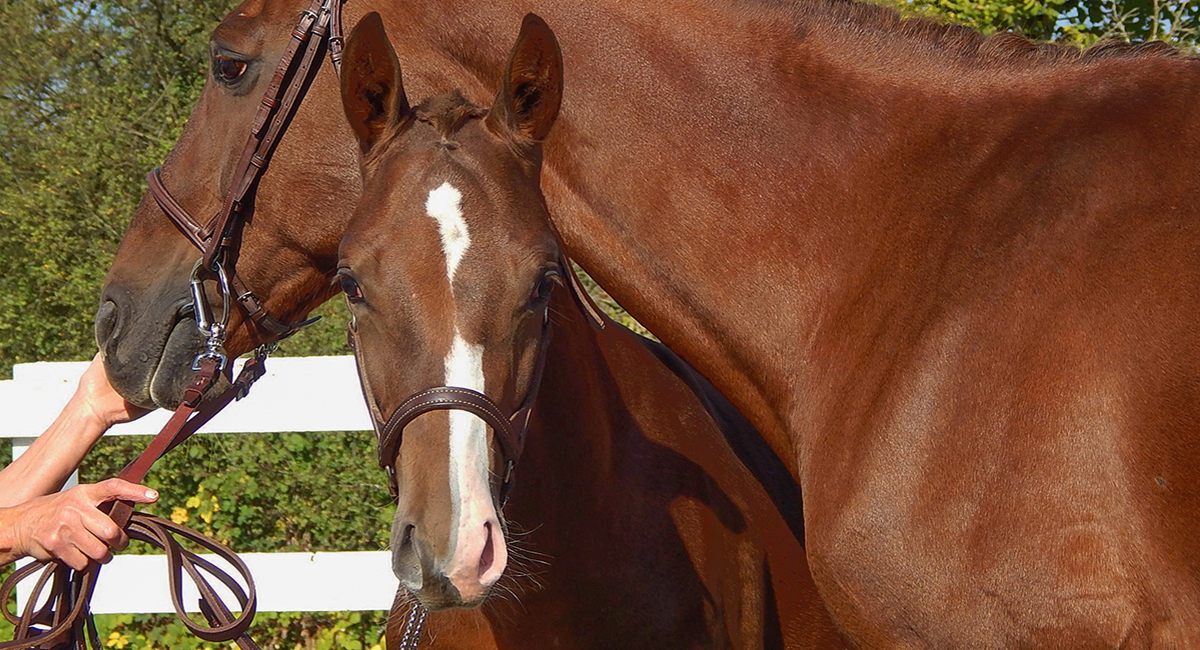A Grim Diagnosis for a Beloved Horse
In last month’s column I wrote about my 7-year-old gelding, Gus, and his struggle to stay sound. Slightly lame over the summer with an undiagnosed injury to his left hind, he then bowed a tendon in his right hind in October. I rested and rehabbed him while saving money for a veterinarian when it occurred to me his injuries could have been caused by his habit of kicking the stall wall when his buddy Rock Star dared to look in at his food. I closed the window between the two of them, the kicking stopped, and I hoped his legs would heal.
Then the veterinarian came. She did a lameness exam, took x-rays, and performed ultrasound. The results were devastating. Gus has ESPA—Equine Systemic Proteoglycan Accumulation (also called DSLD)—a genetic, progressive disease that affects horses’ connective tissue throughout their bodies including their aortas and the sclera of their eyes. There is no treatment or cure.
All four of Gus’s suspensory ligaments have serious defects. I was surprised to learn that his front legs are the most seriously affected. He does not have the typical dropped, lumpy fetlock joints commonly seen with this disease, and he’s in significant pain—something I’d felt but not faced.
I’ve owned Gus since he was a foal and I’ve always said he’d be my last horse to train from beginning to end. I love the process; starting and developing a horse from foal to well-trained horse is one of my greatest joys in life. Gus is the highest quality horse I’ve ever owned—a dream come true. I look at him and wonder how I got so lucky to own such a gorgeous, smart, athletic, and kind horse. I’d planned to compete him in Working Equitation.
And that’s what we do. We build dreams around horses, these fragile, magical animals. It’s not wrong to have dreams, but how do we cope when they die? We grieve and seek a new purpose. And our beloved horses need to be set free from our ambitions so we can be who they need us to be.
So that’s what I’m doing for Gus. We play with his ball, and I let him set the pace. He goes in the field with Rock Star, and they graze and groom each other. I sit in his stall and massage his legs—smooth the glossy hair and rub the tendons and sinews of his beautiful legs. I have no expectations, ask nothing of him, and release my dreams into the cold winter air.
See this article in the January 2025 Online Digital Edition:
January 2025

Kim Roe grew up riding on the family ranch and competed in Western rail classes, trail horse, reining, working cow, and hunter/jumper. She trained her first horse for money at 12 years old, starting a pony for a neighbor.
Kim has been a professional dressage instructor in Washington state for over 30 years, training hundreds of horses and students through the levels. In recent years Kim has become involved in Working Equitation and is a small ‘r’ Working Equitation judge with WE United.
Kim is the editor of the Northwest Horse Source Magazine, and also a writer, photographer, and poet. She owns and manages Blue Gate Farm in Deming, Washington where she continues to be passionate about helping horses and riders in many disciplines.






